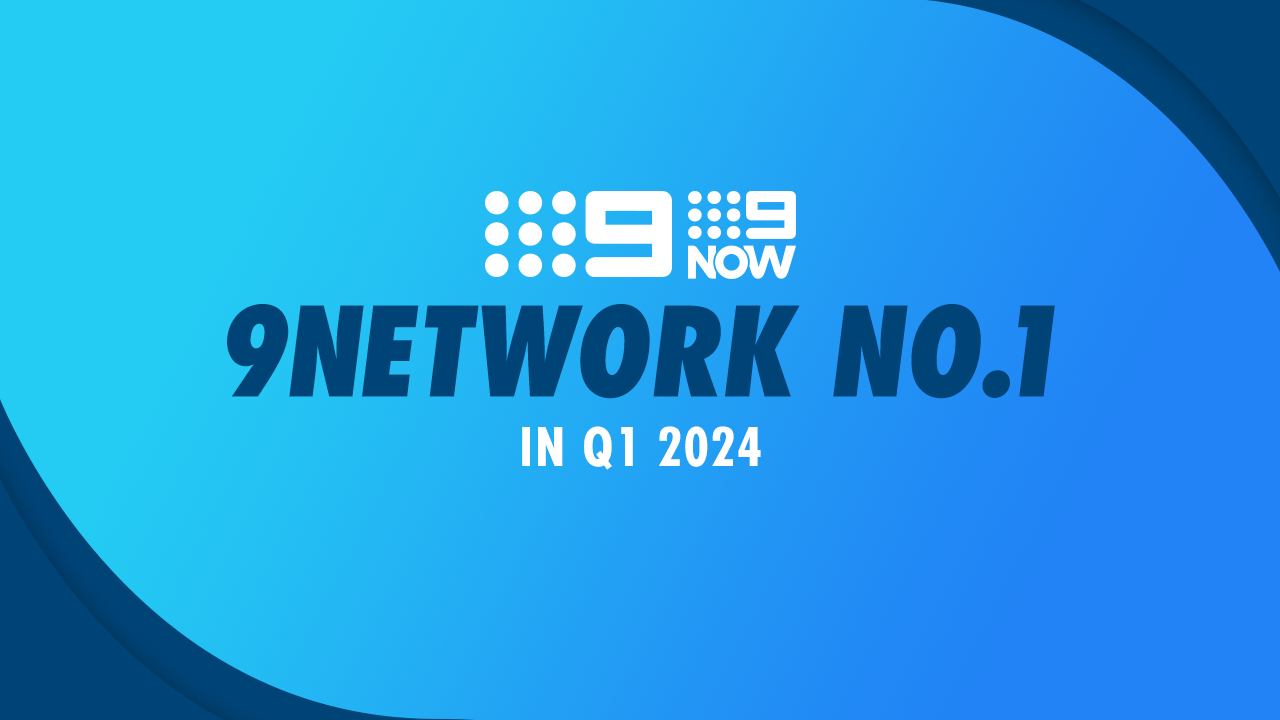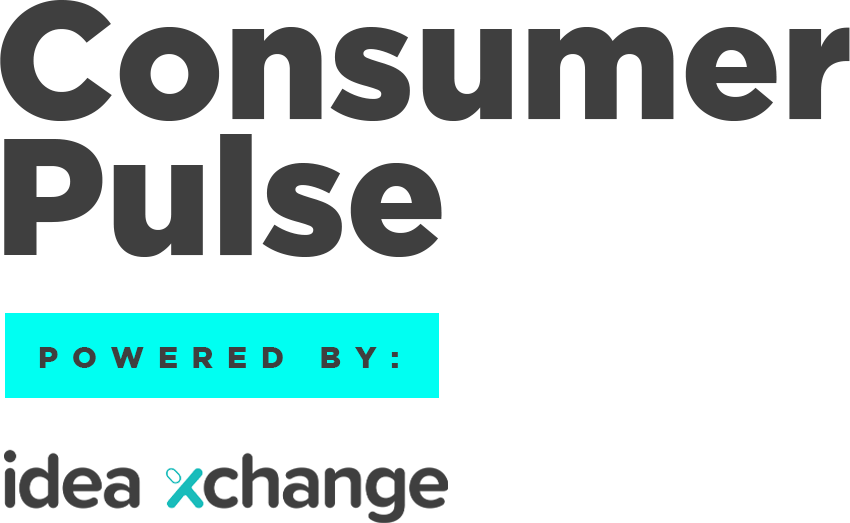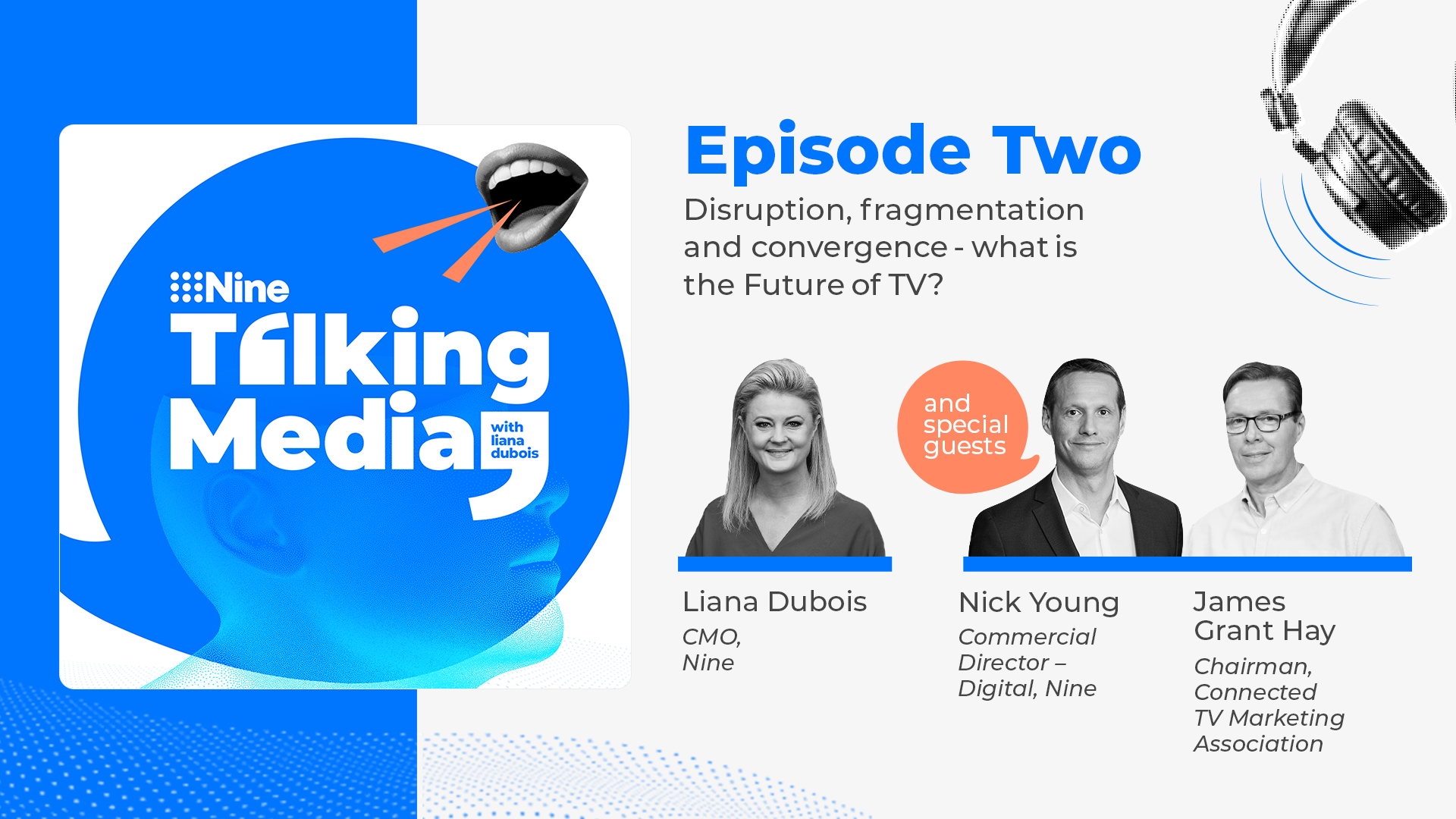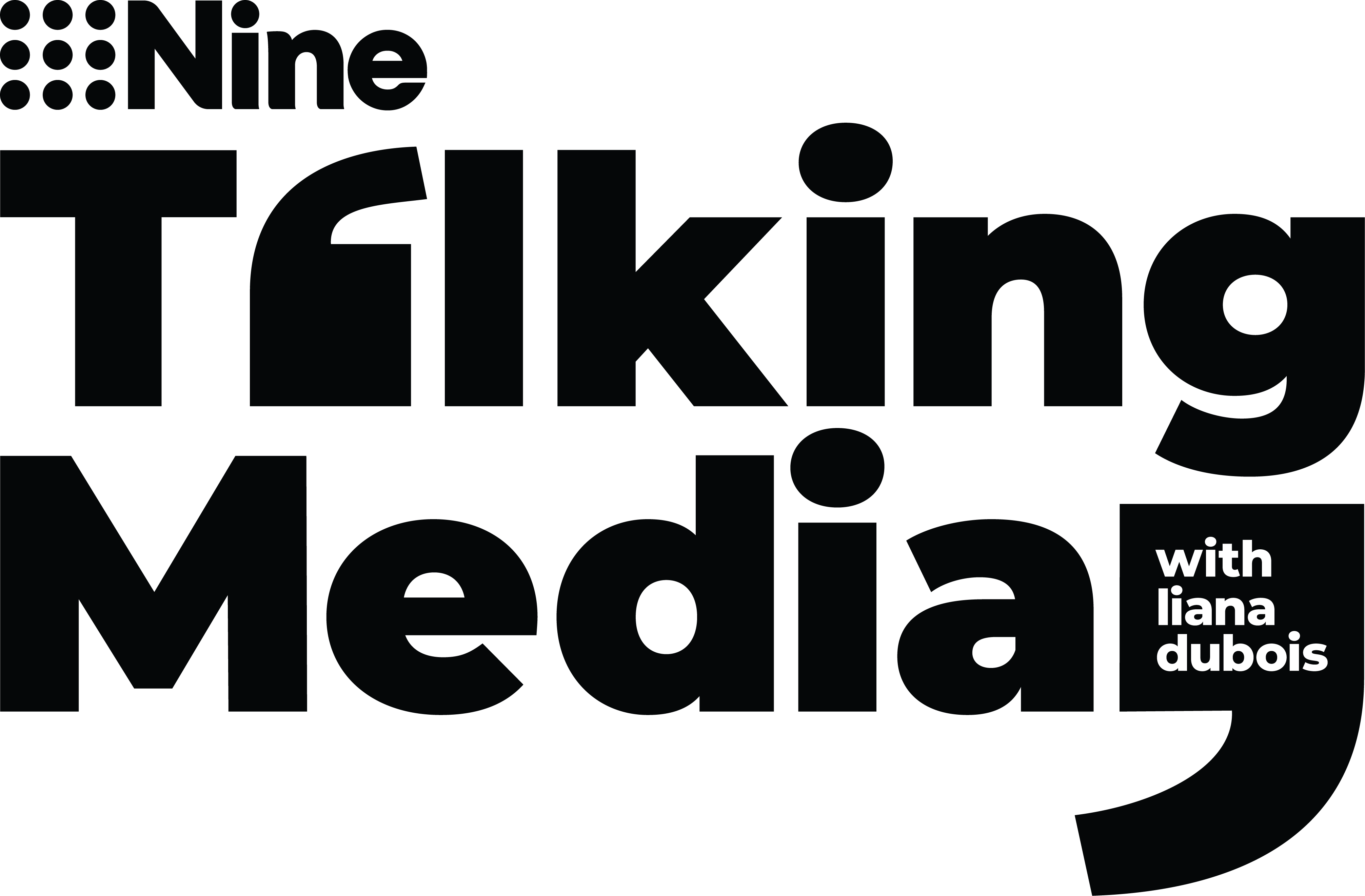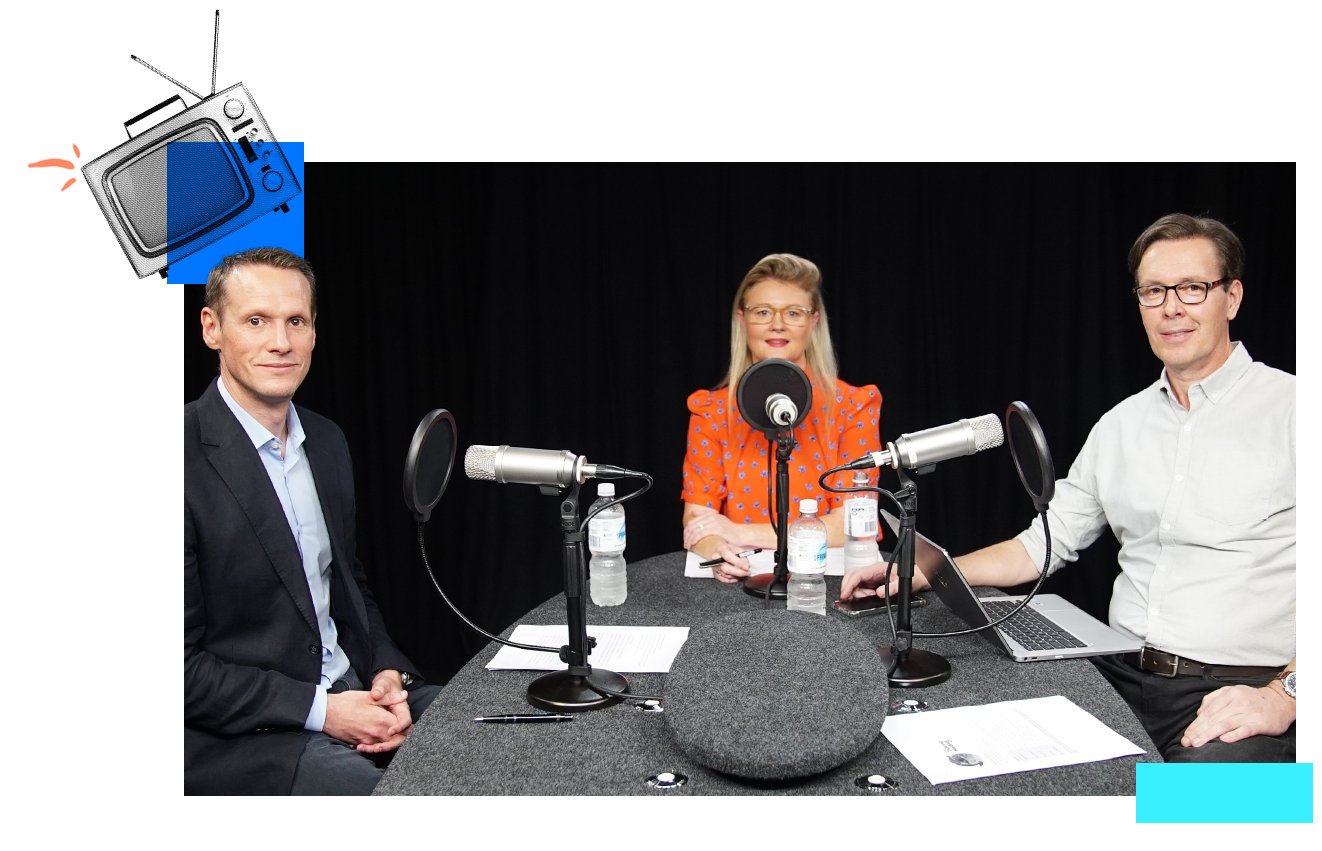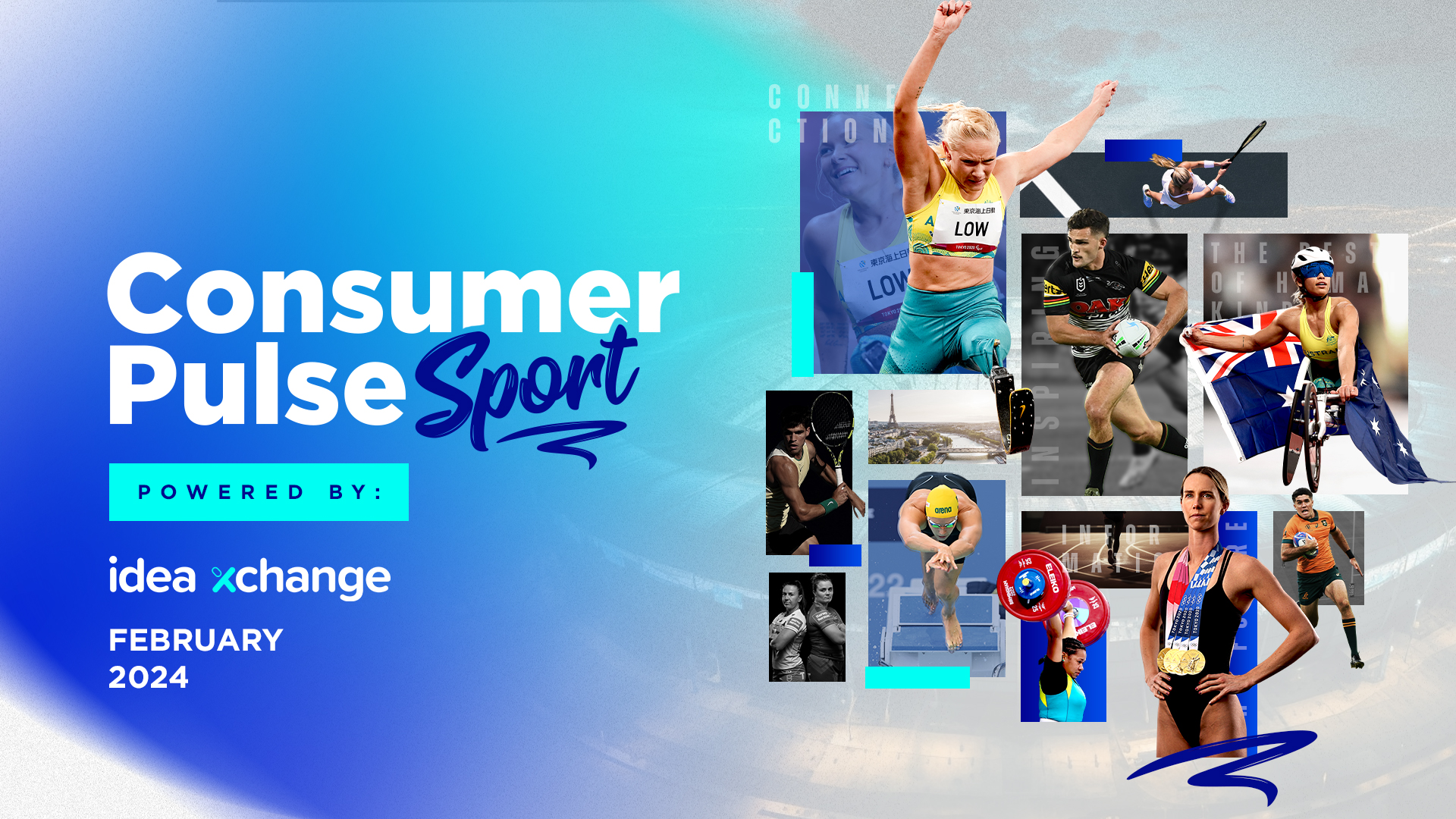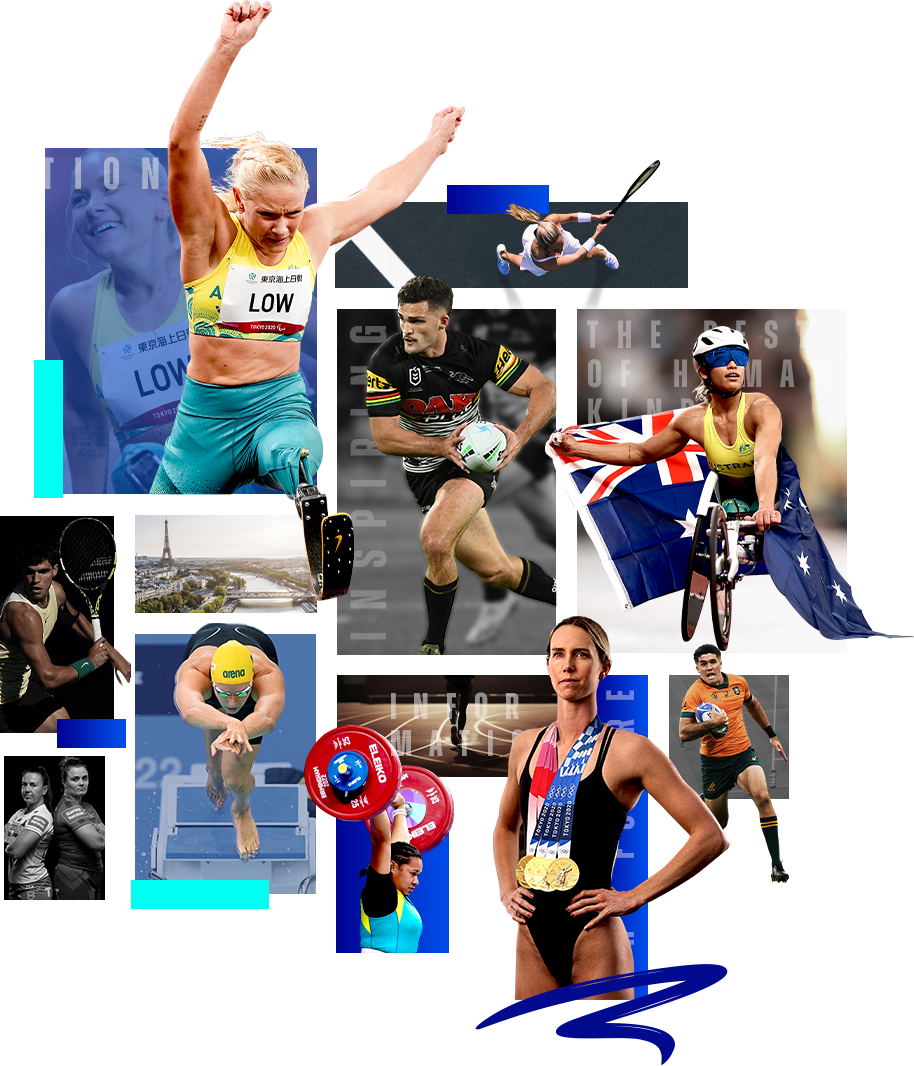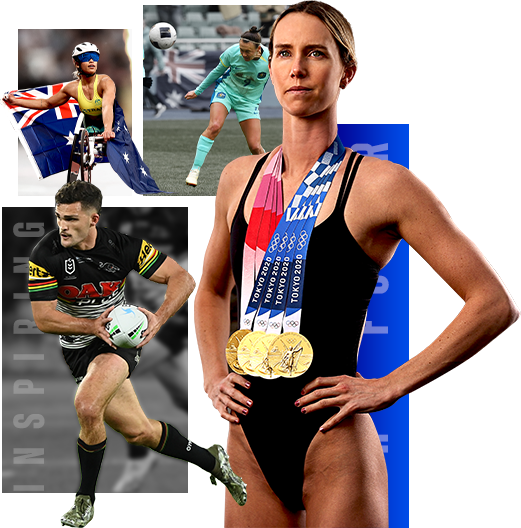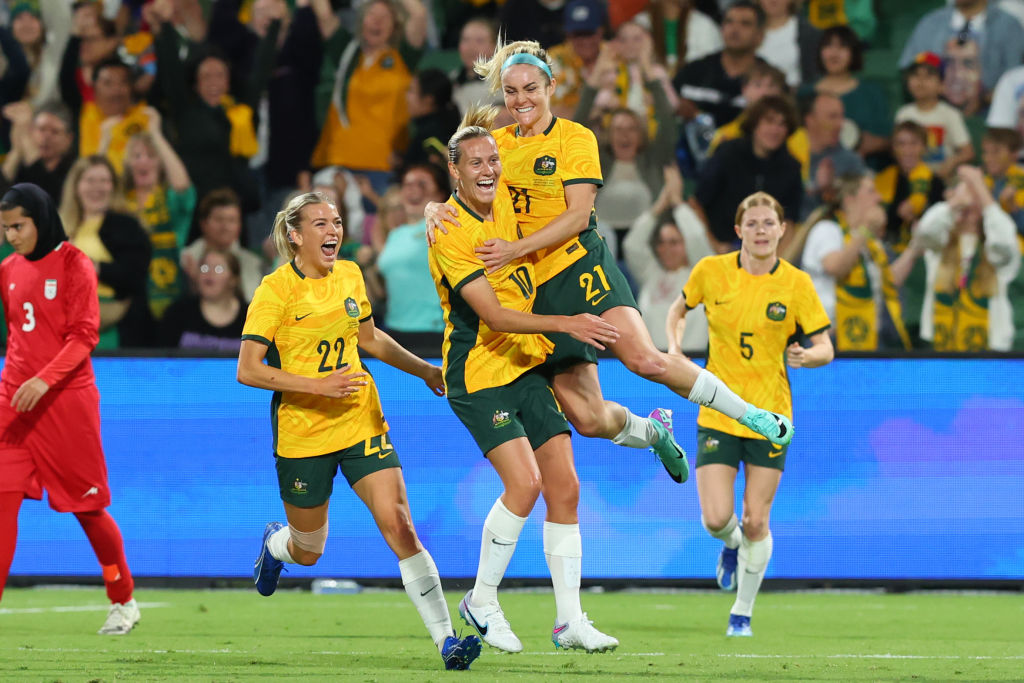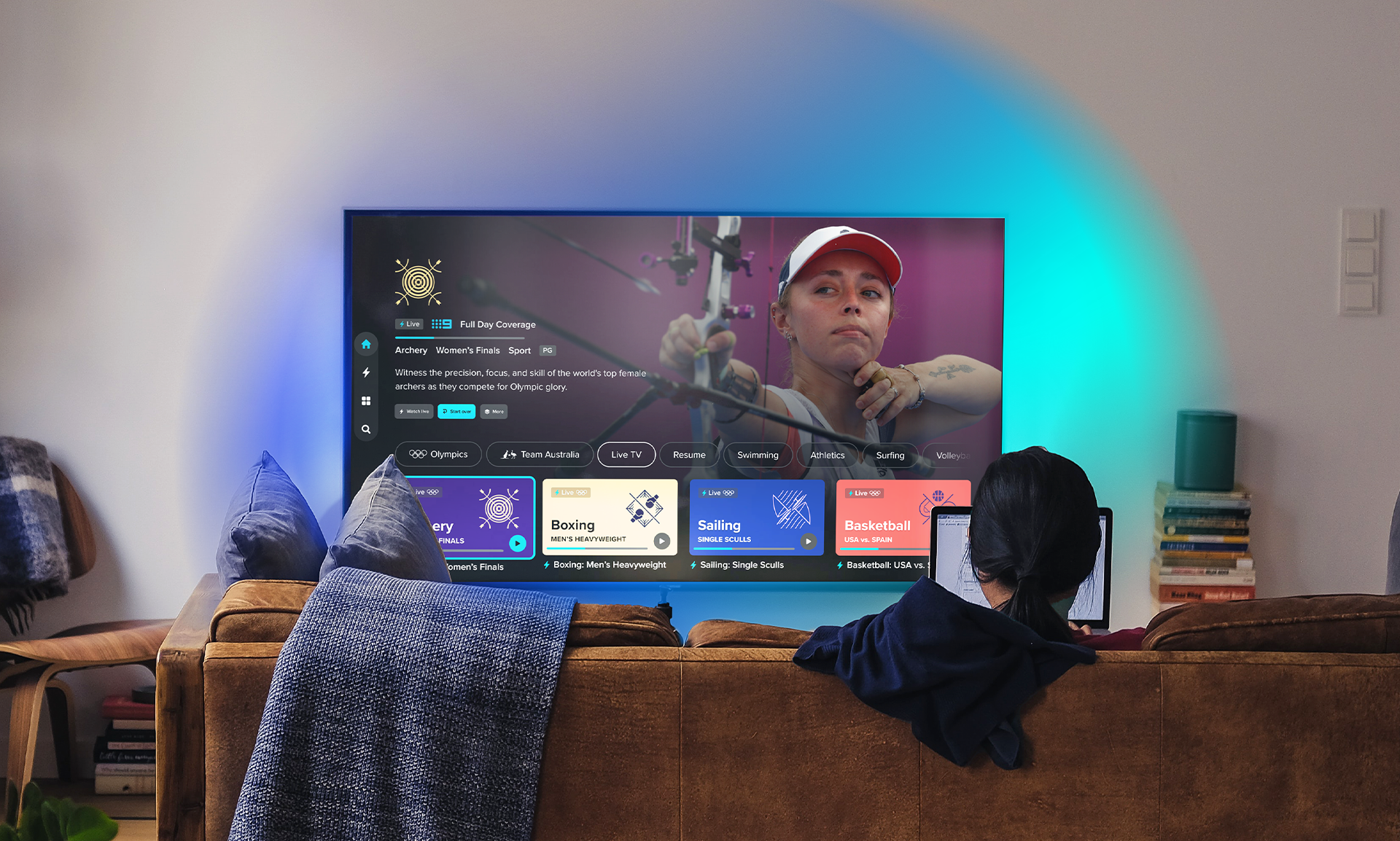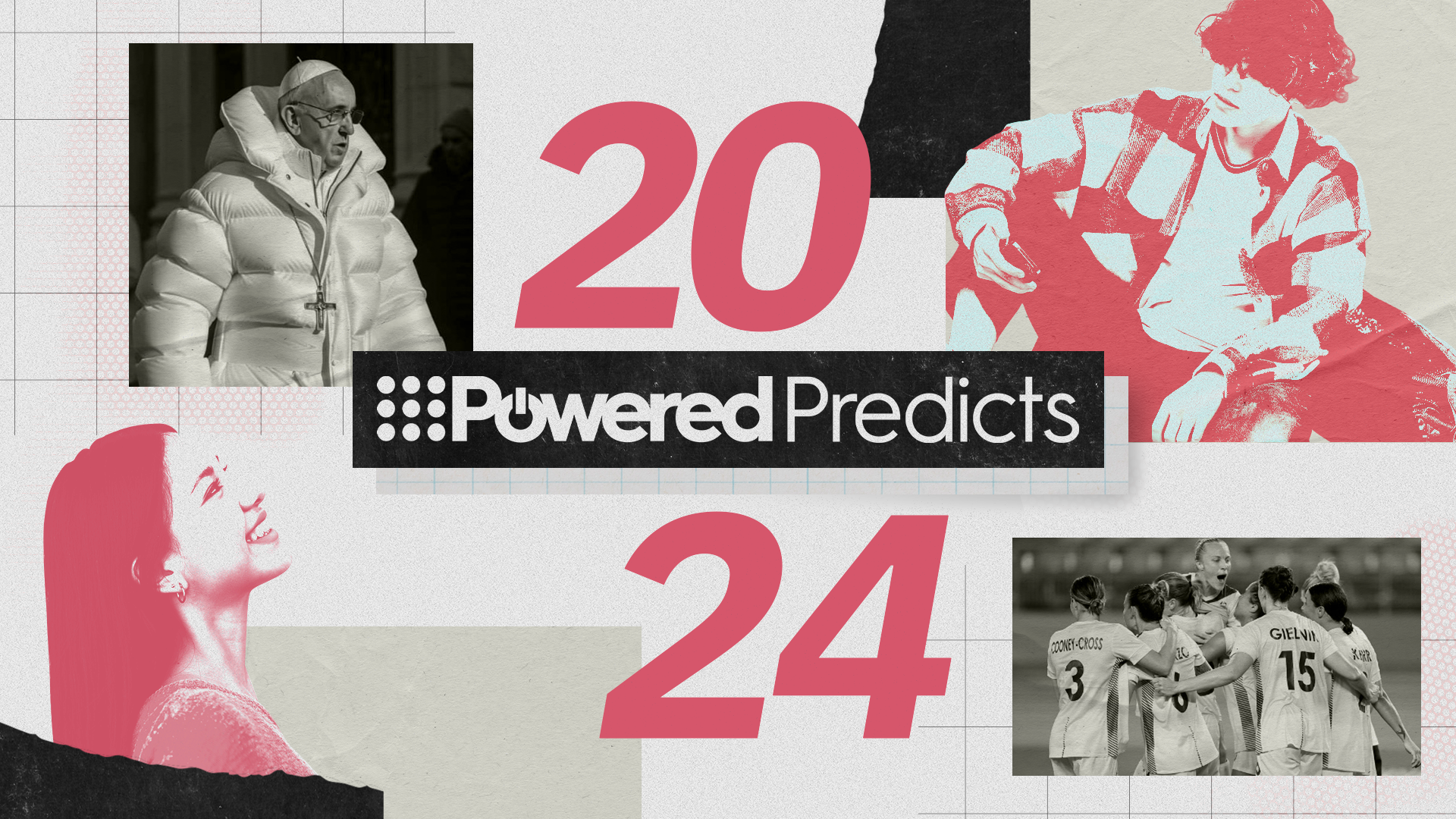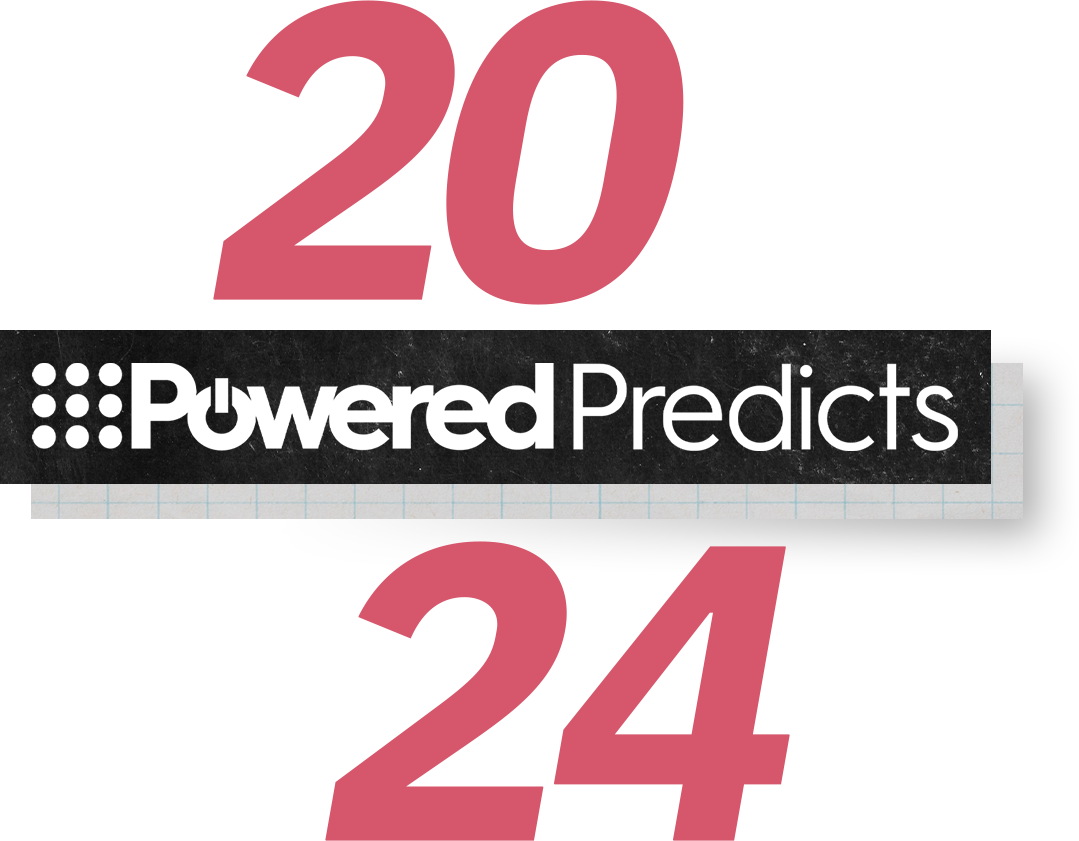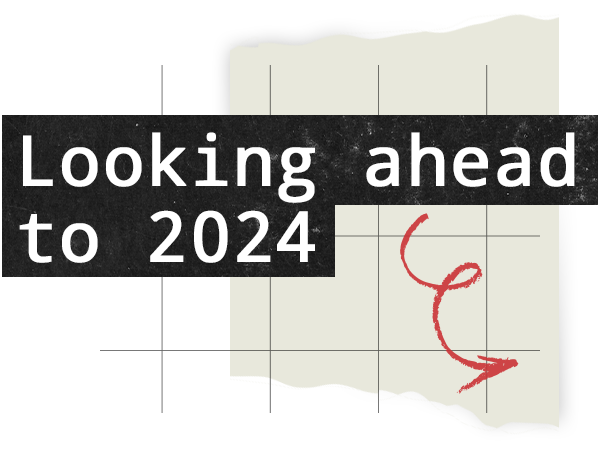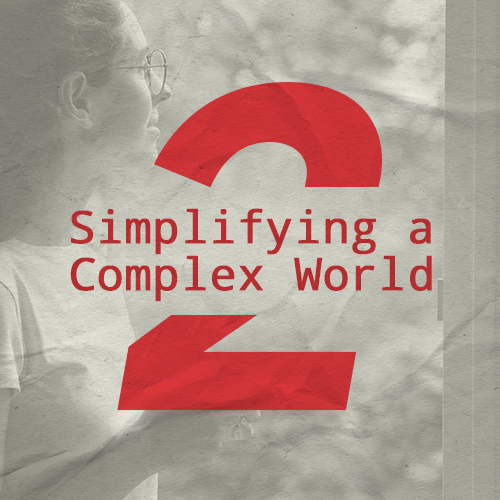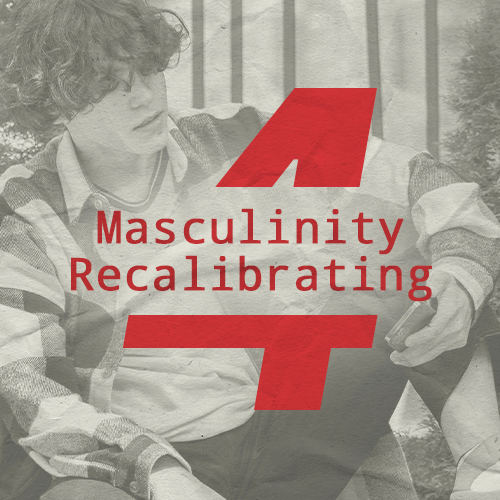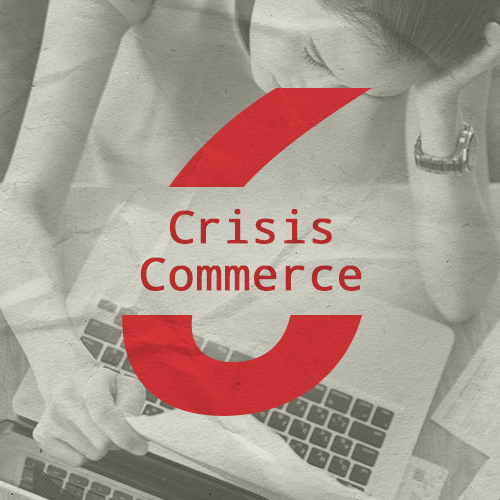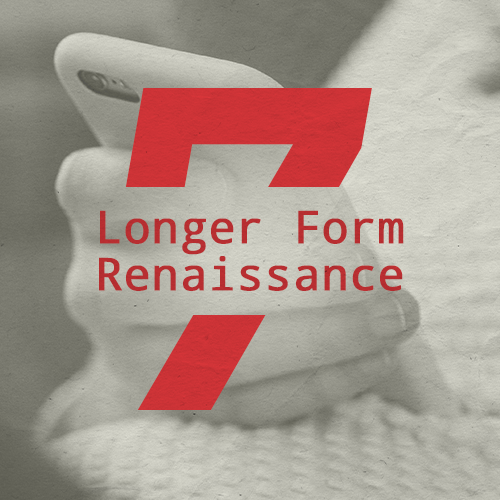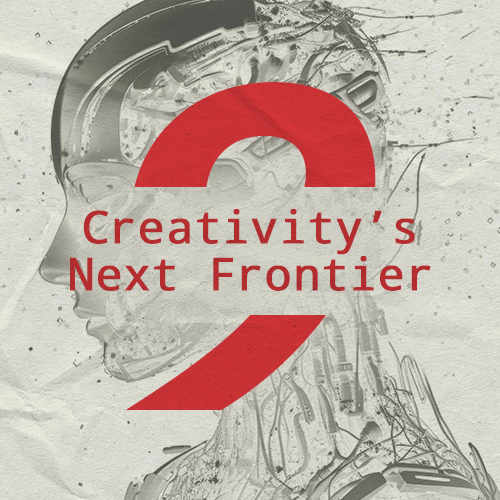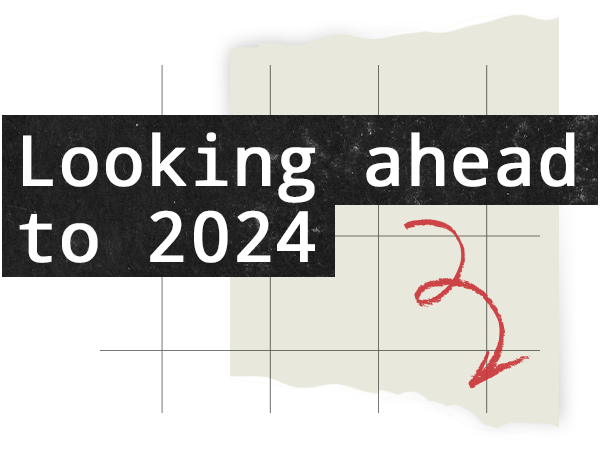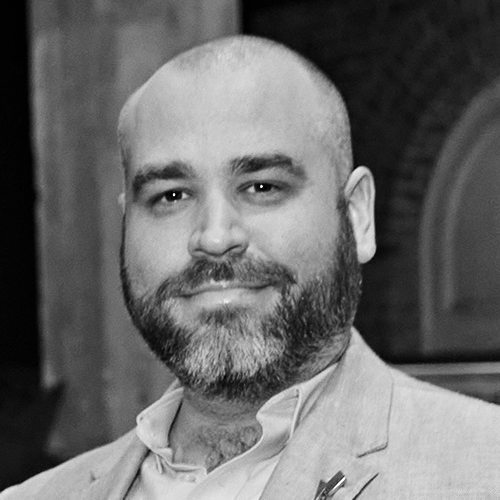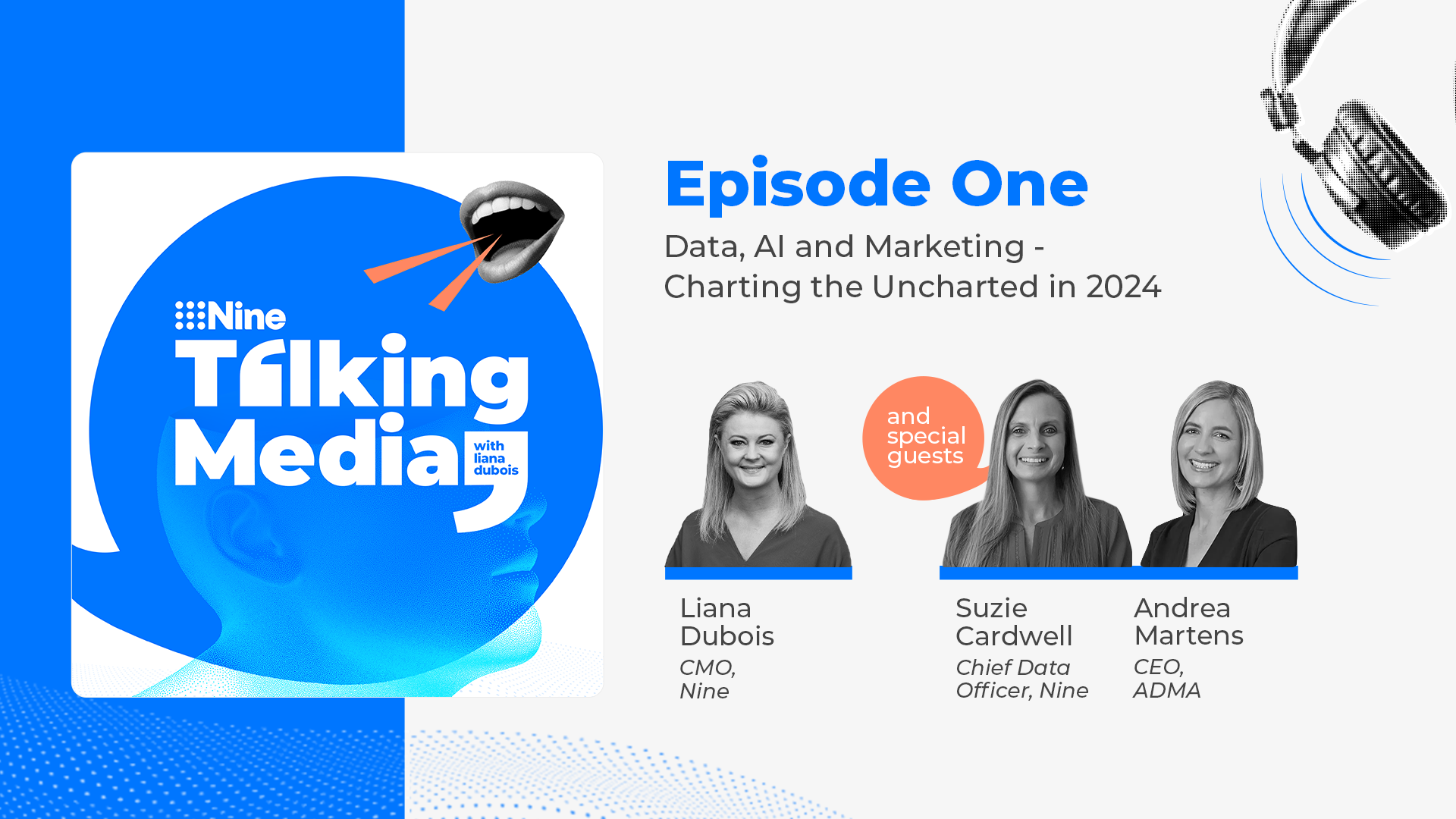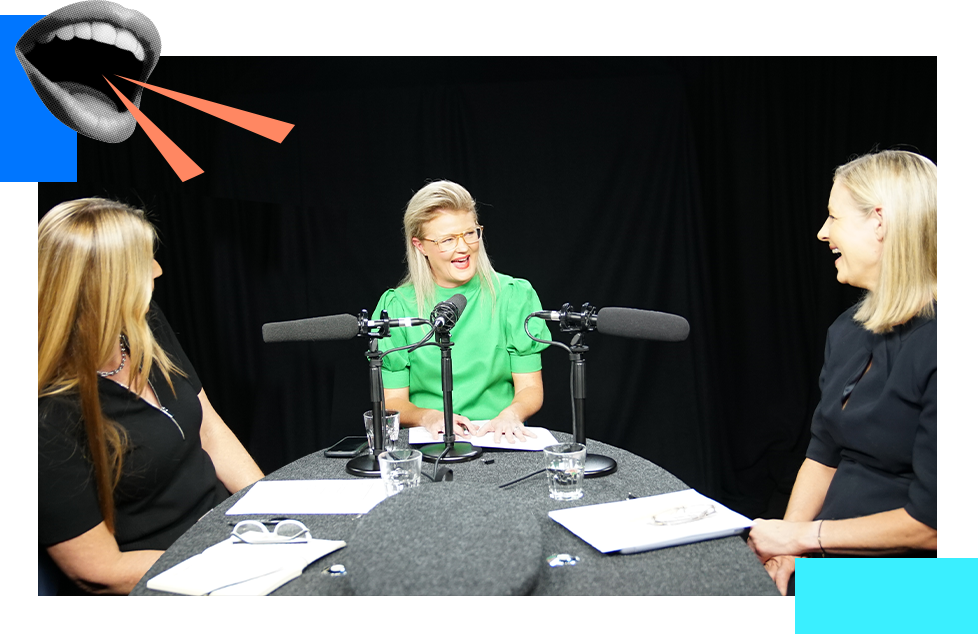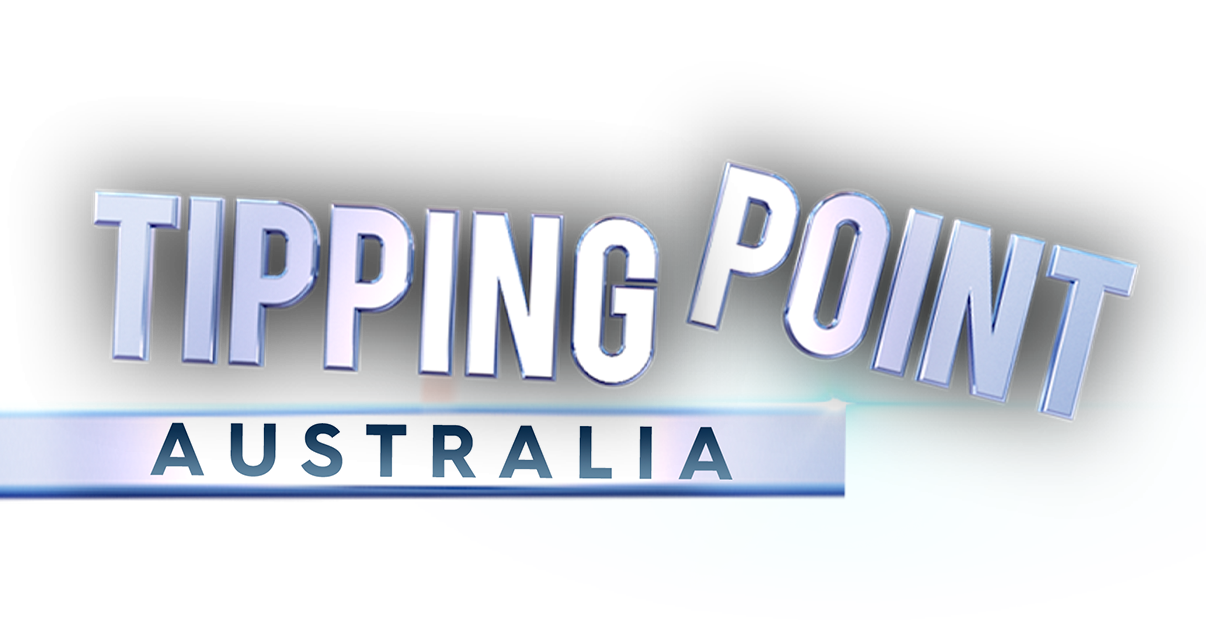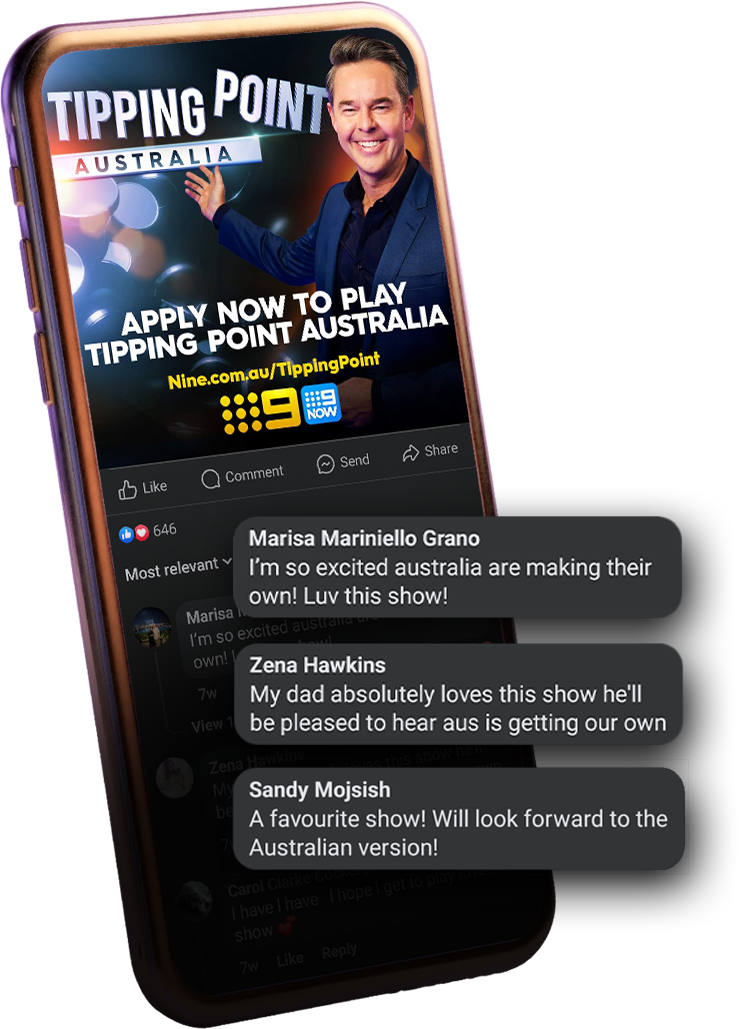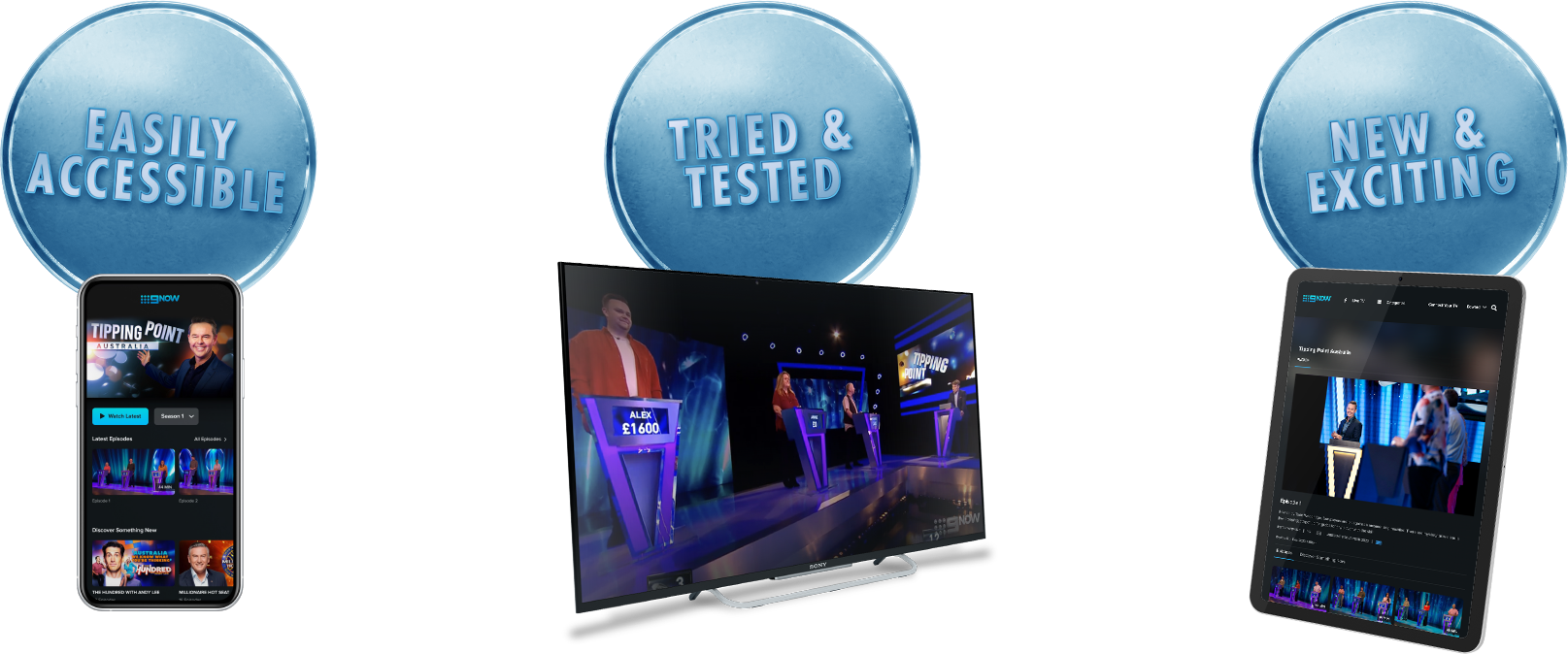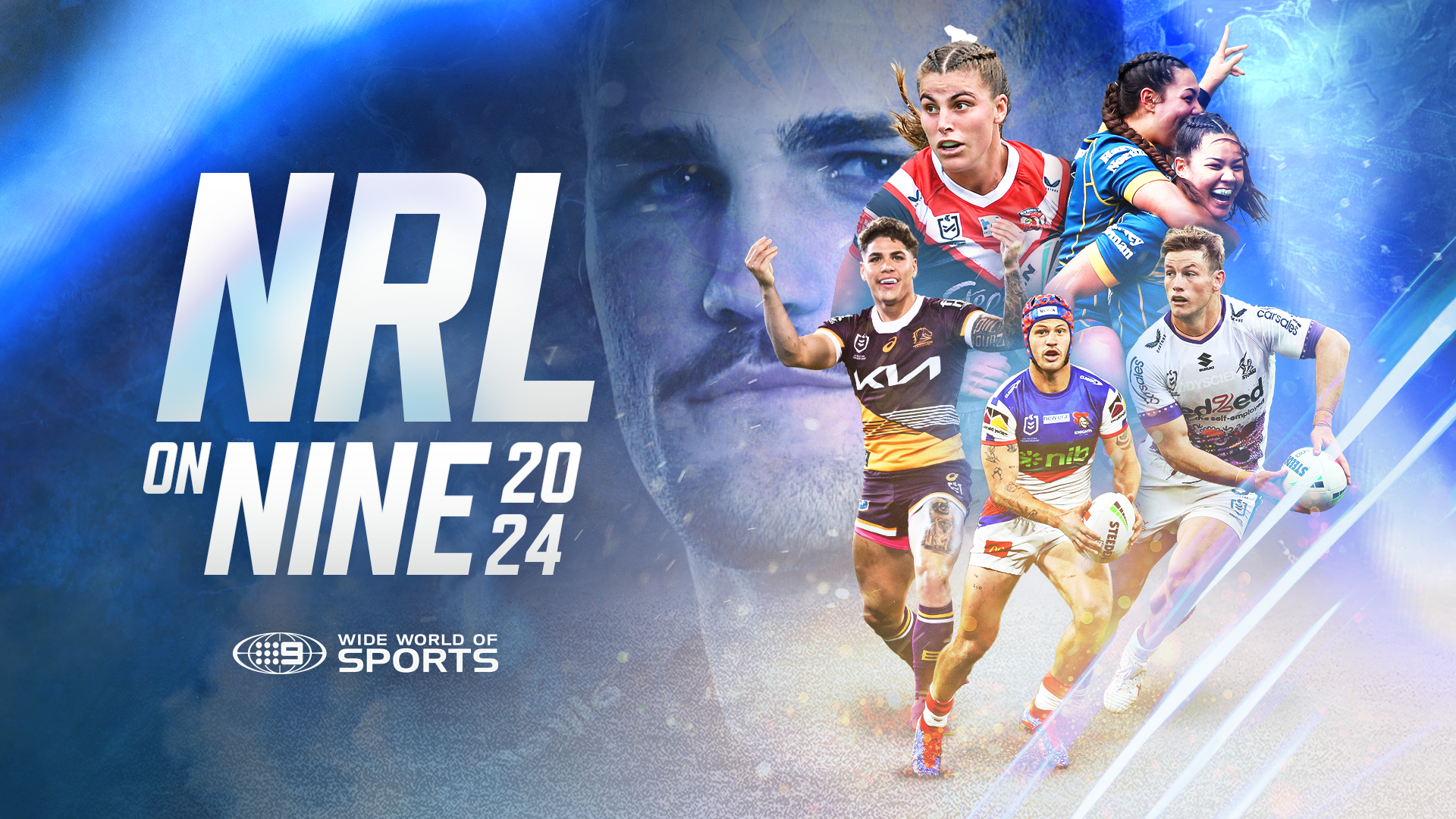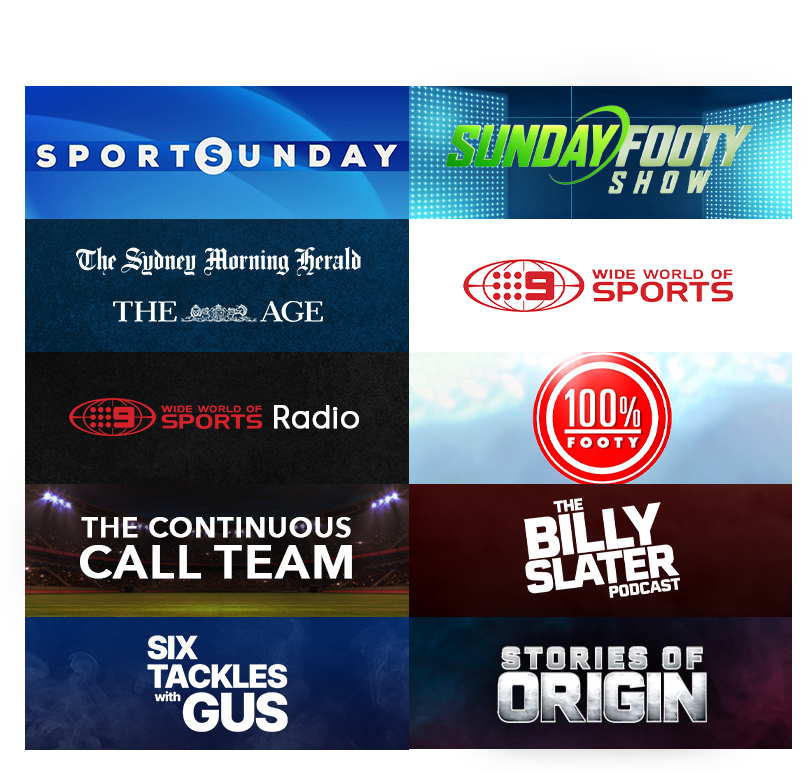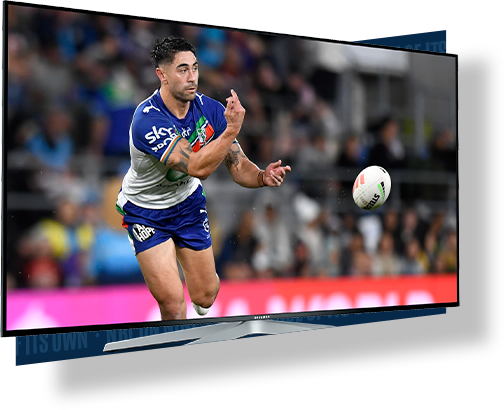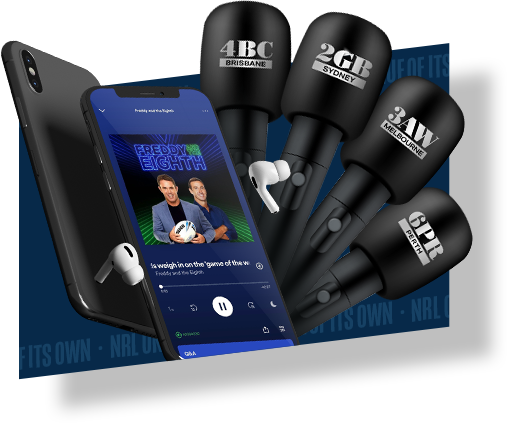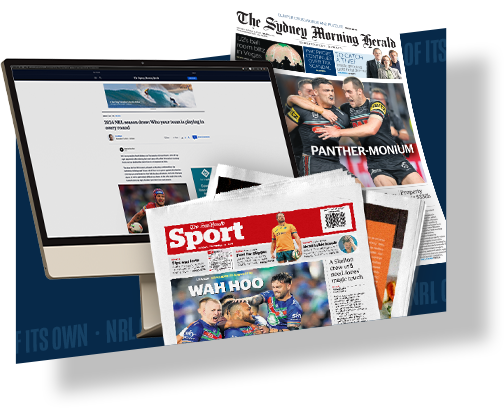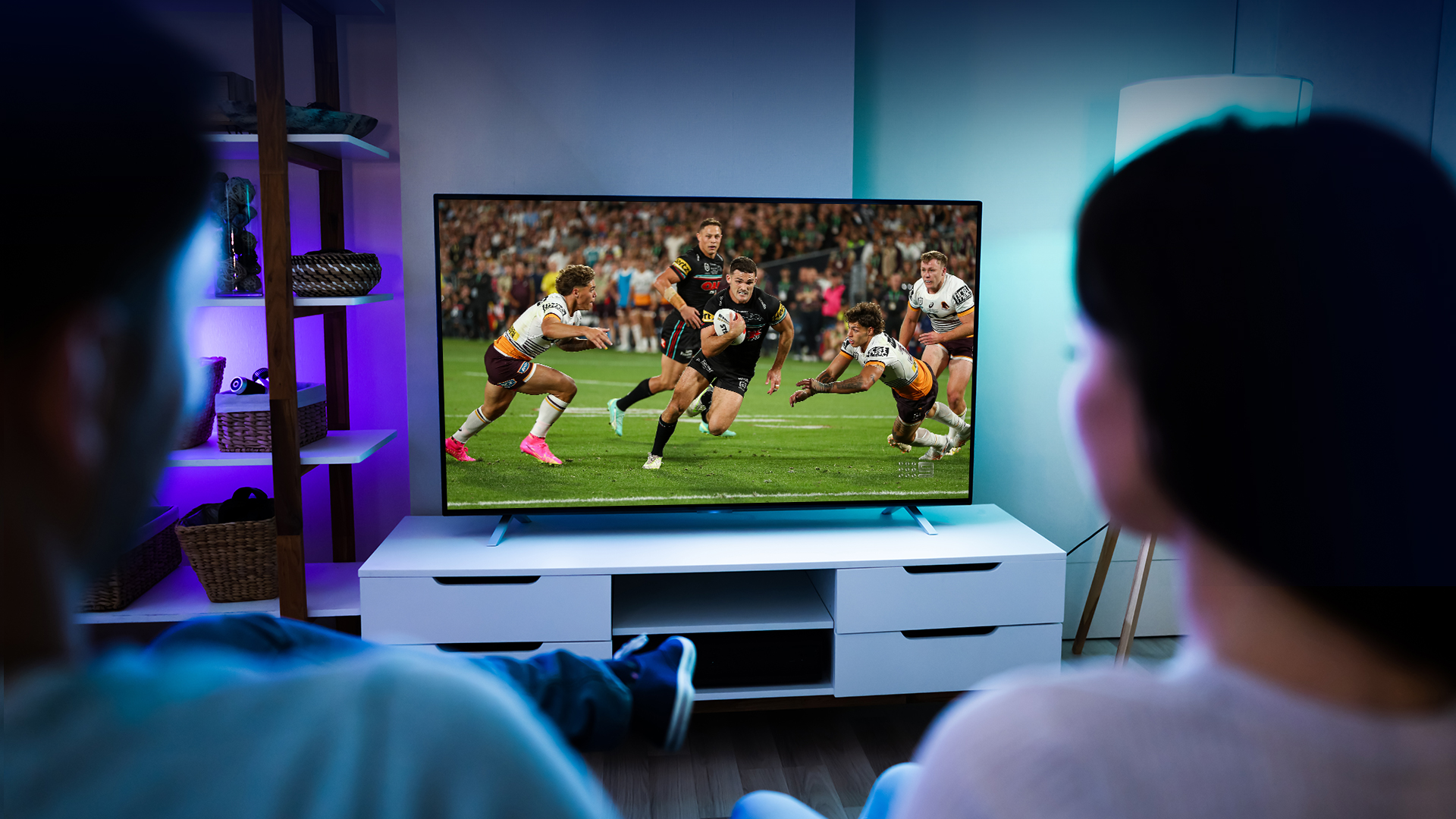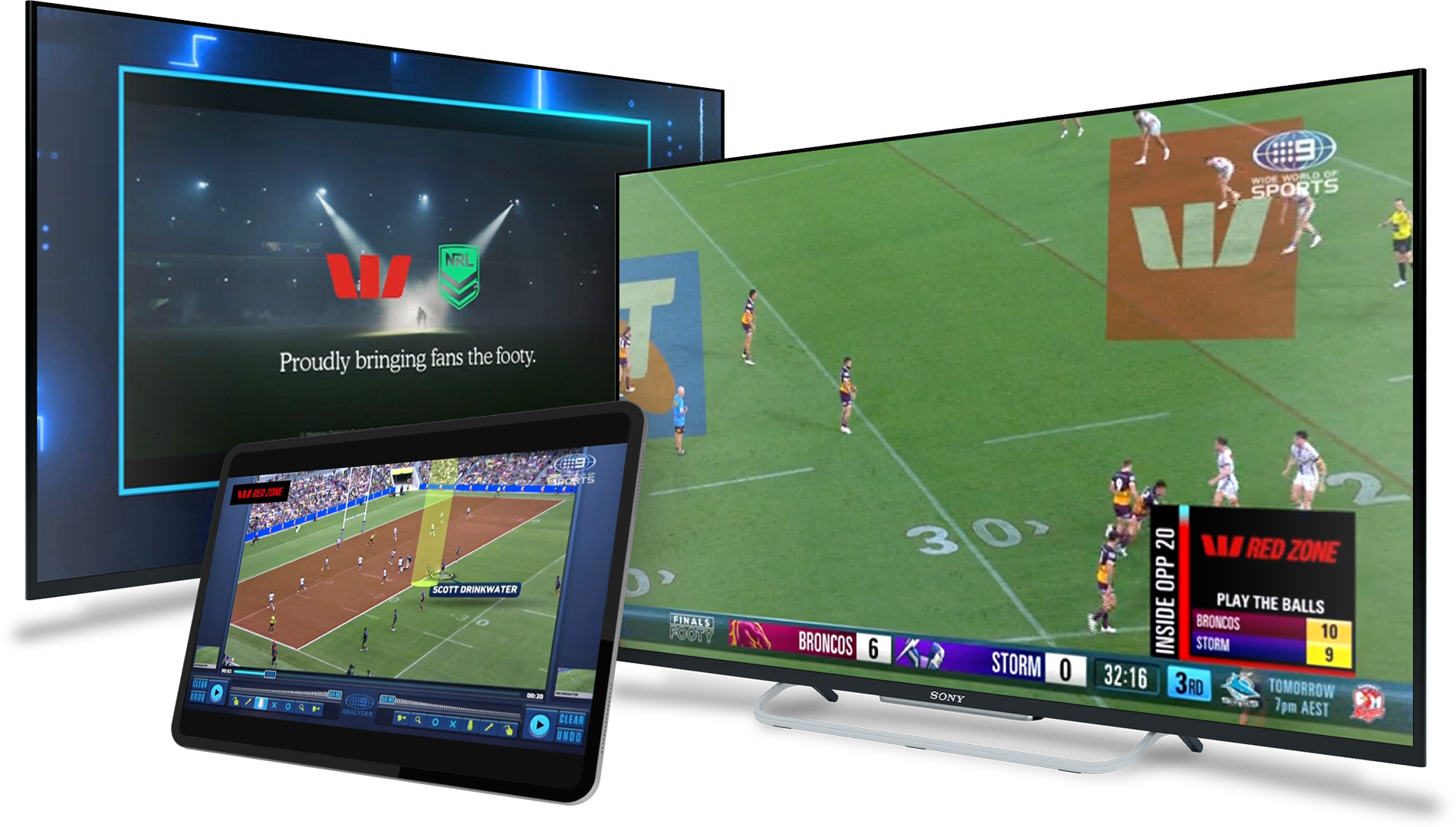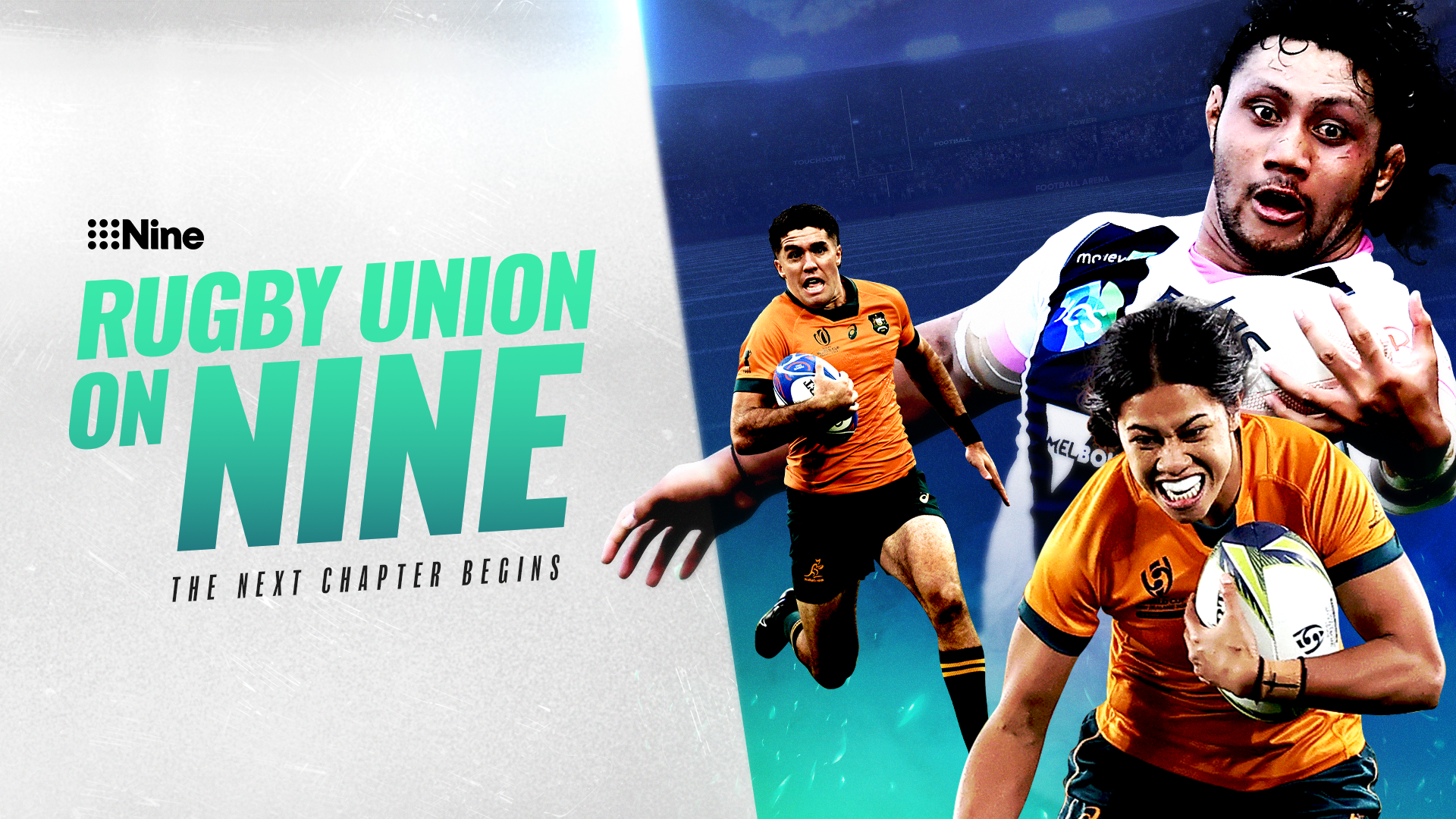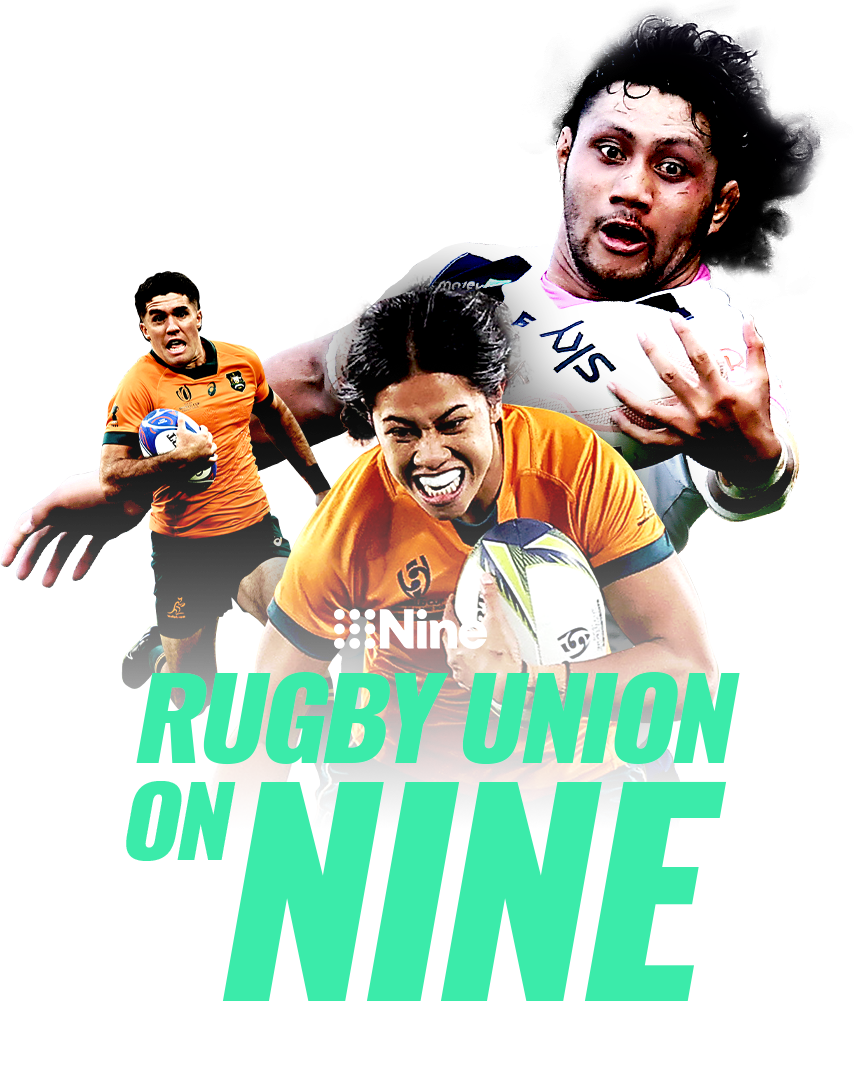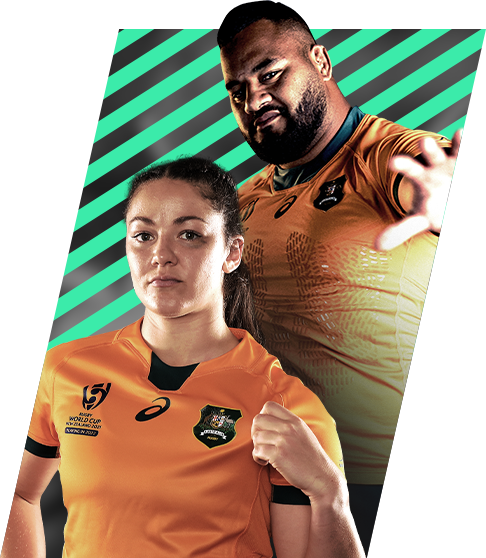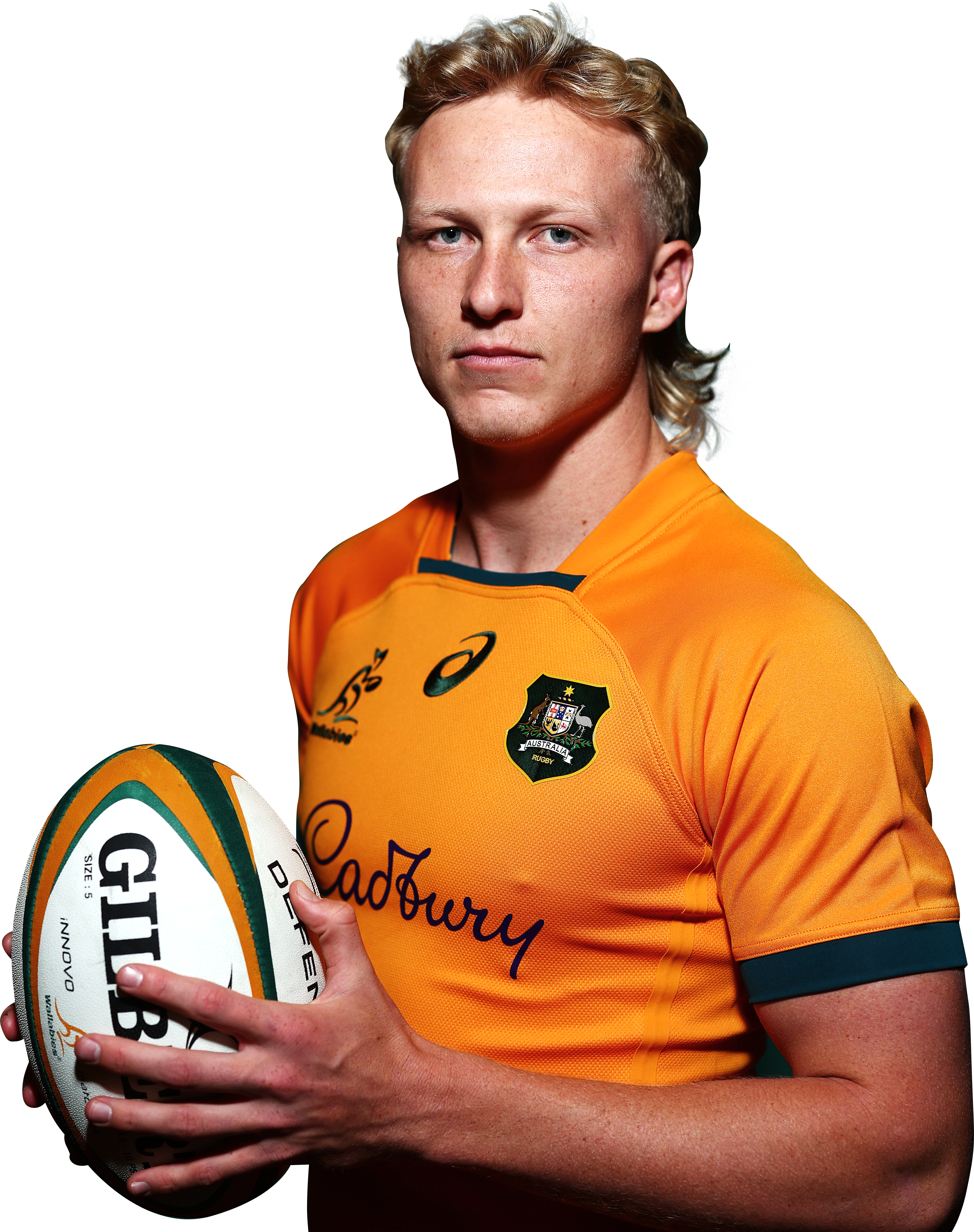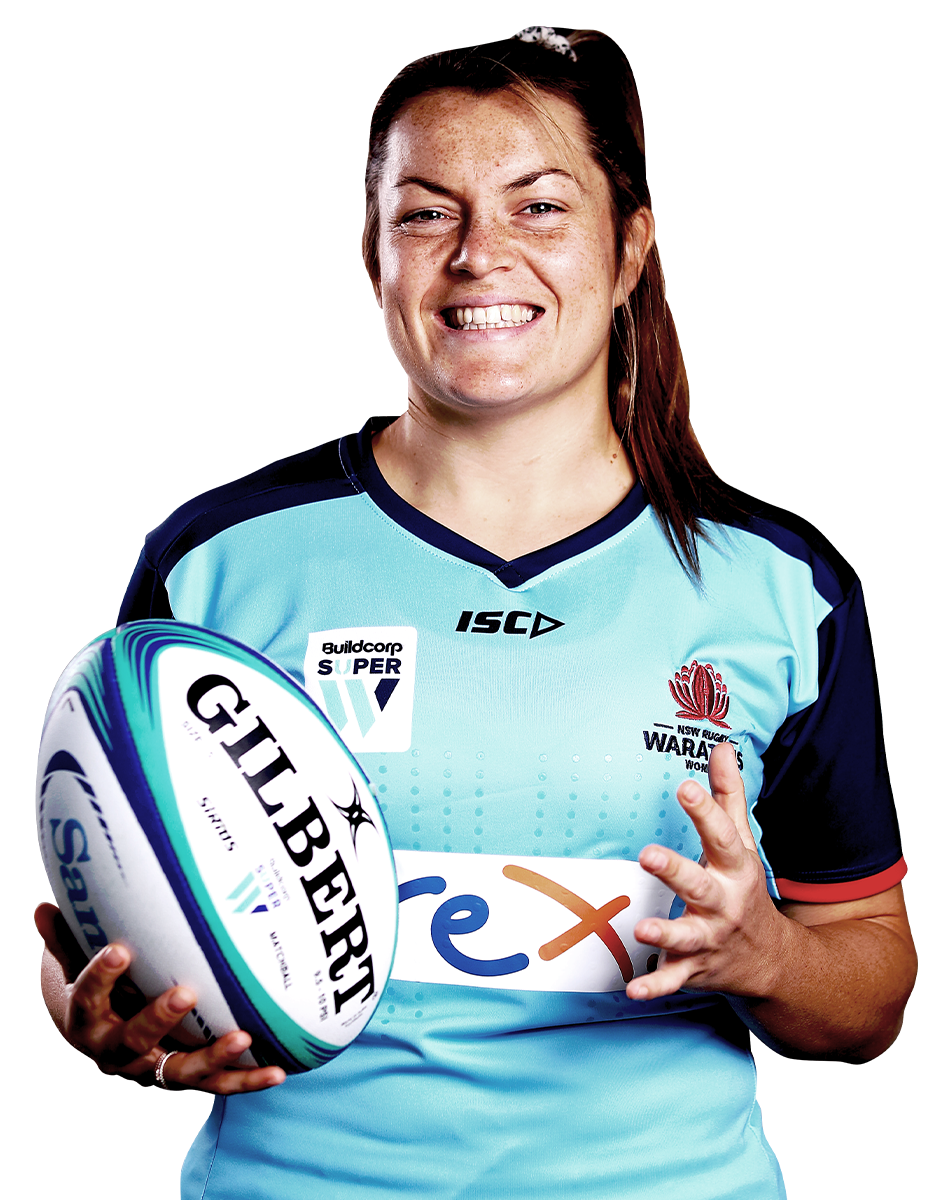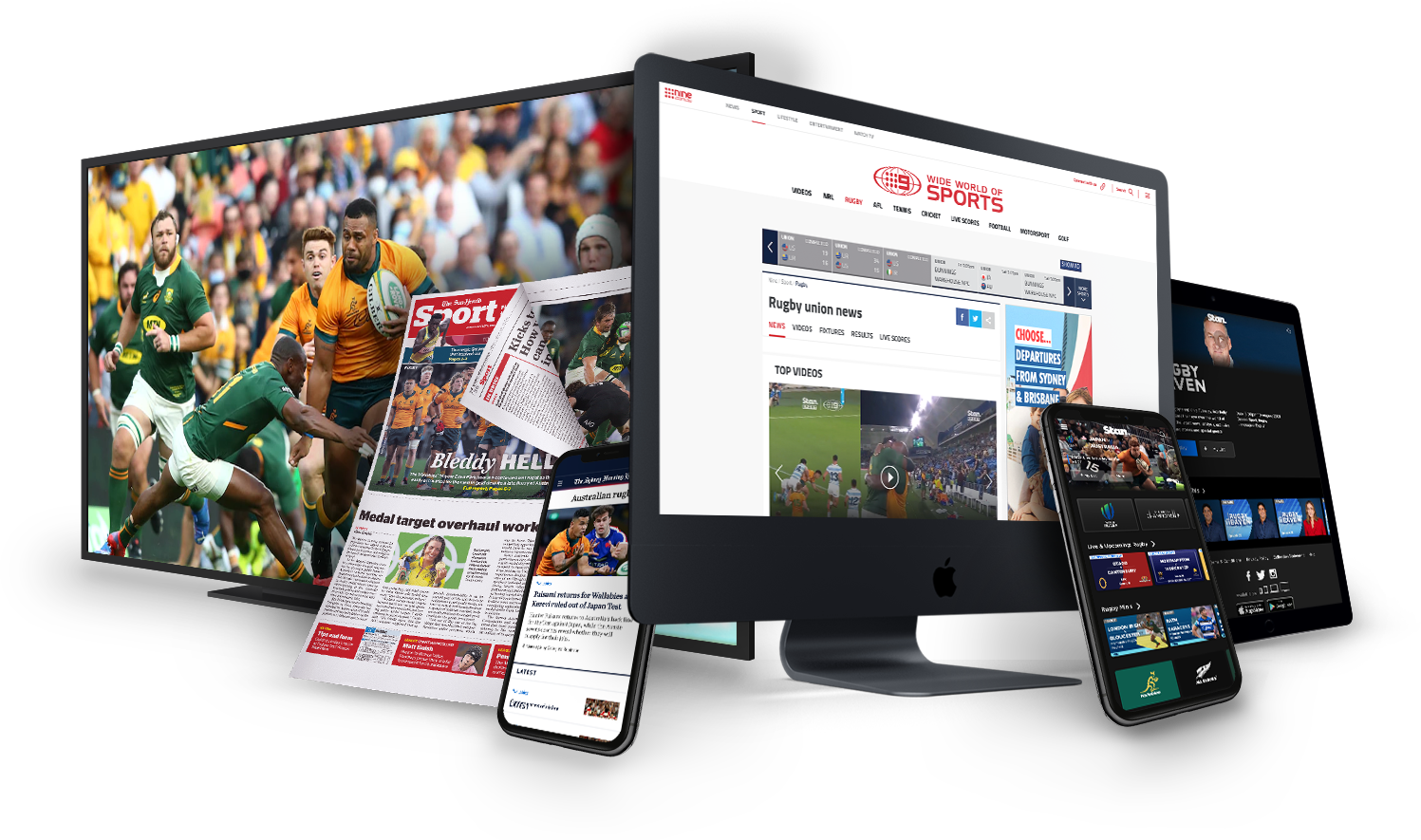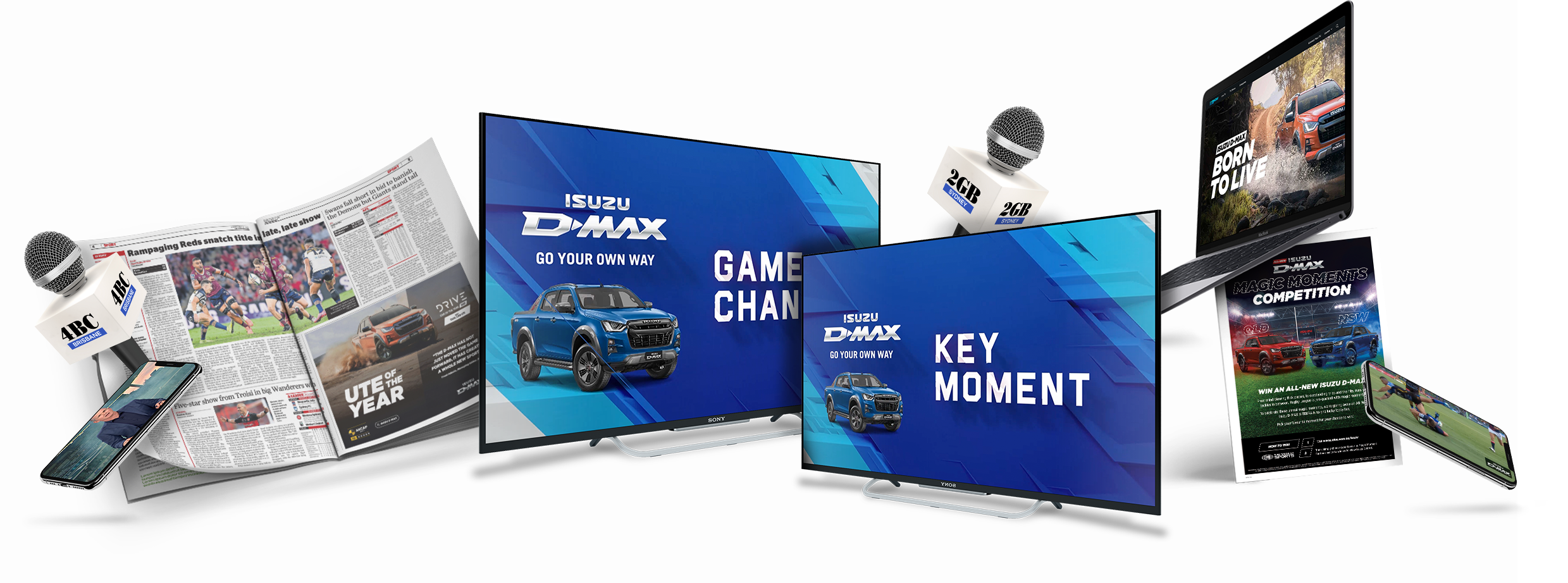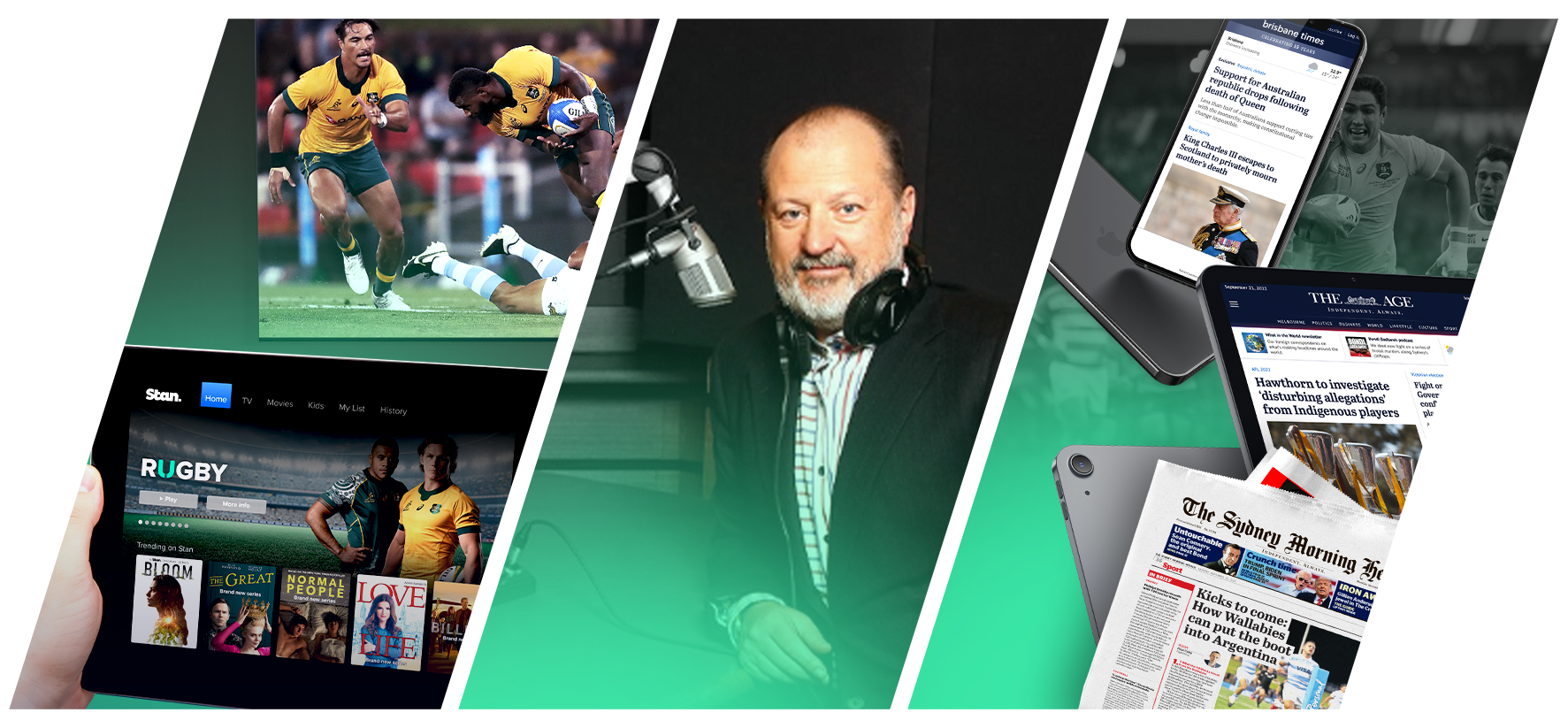9Network enjoys
best ever start to the year
Television viewing on the 9Network in 2024 has seen significant growth. The number of people watching our big brands has increased across breakfast, afternoons and primetime, while BVOD numbers are soaring to record highs.
This audience surge has given the 9Network its best ever start to the year with all key demographics and Total People.
9Network grows audience across
breakfast, afternoons and primetime
Australia's biggest show just got bigger, with Married at First Sight growing the number of people watching by 3.1% year-on-year to record a Total TV audience of 2.074 million. Meanwhile its BVOD audience on 9Now stands at 714,000 viewers per episode, up an incredible 16.2% on last year. National Cumulative Reach stands at an extraordinary 12.141 million viewers.
Australia's new favourite afternoon game show Tipping Point has redefined the 5pm timeslot, growing the audience 47.8% year-on-year for a National Total TV audience of 601,000 and a National Cumulative Reach of 7.022 million.
That audience has cascaded into our national news audiences with 7.6% more people watching 9News year-on-year (National Total TV audience 1.036 million) including an incredible increase in viewers on 9Now of 63.2% since last year (National BVOD audience 63,000 per episode).
The number of Australians watching our other key shows has followed suit with significant growth year-on-year for A Current Affair (up 6.5%), Today (up 5.7%) and The Hundred with Andy Lee (up 13.8%).
And with 12.9 million viewers tuning into Nine's coverage of the Australian Open, sports fans are in for a treat when Paris 2024 airs later this year.
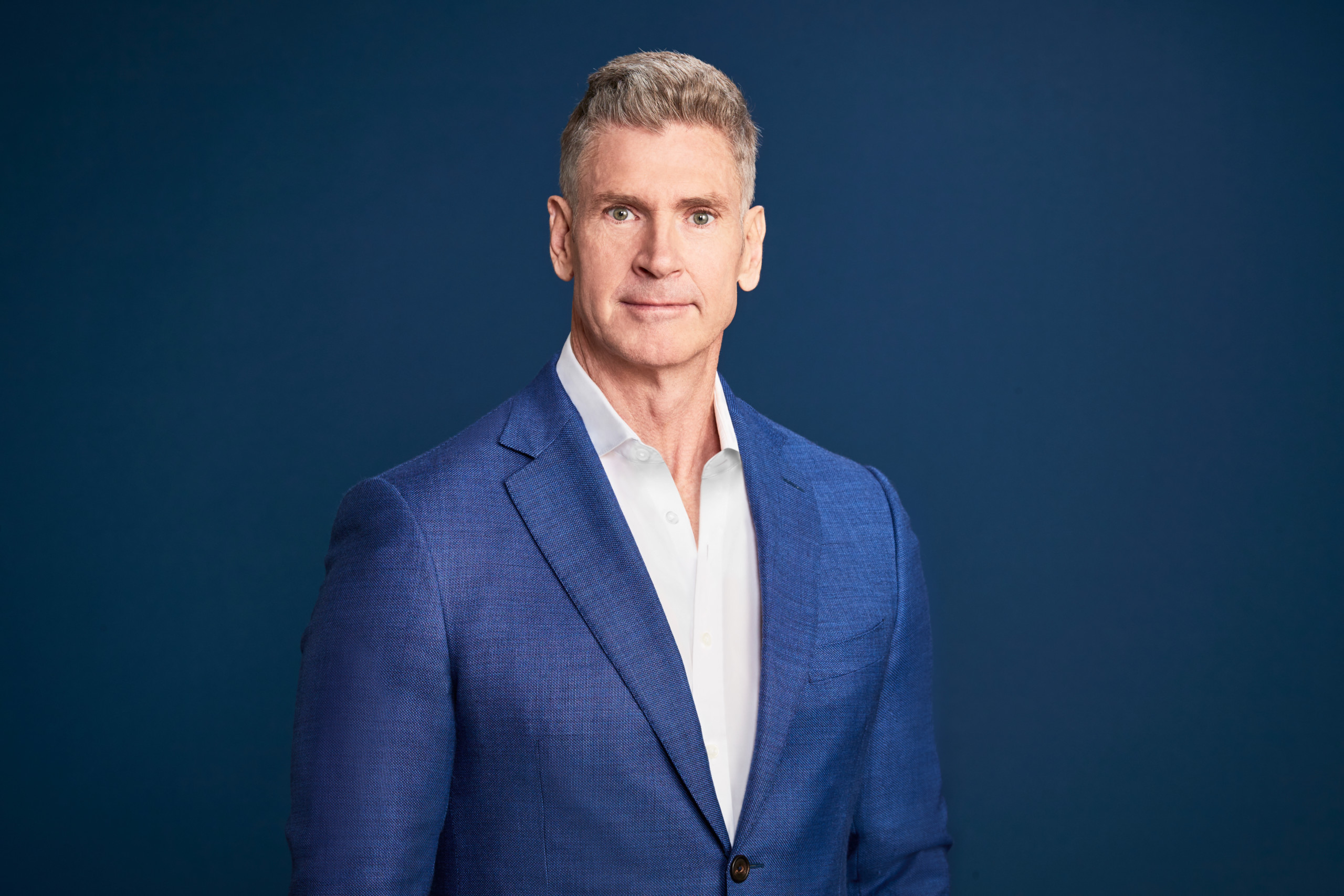
Michael Healy, Nine’s Director of Television, said: "These results vindicate the commitment from the team at Nine and our partners to deliver content Australians want to watch in greater numbers. Married at First Sight is more than a television program. With more than two million Australians watching every episode, it is a cultural phenomenon. We're also blown away by the performance of Tipping Point, which has boosted the audience for our 5pm timeslot by almost 50%. Together with audience growth for 9News, 60 Minutes, A Current Affair, Today and The Hundred, free-to-air television is thriving.”
MARRIED AT FIRST SIGHT
National Total TV Audience of 2.074 million per episode (up 3.1% year-on-year)
National BVOD Audience of 714,000 per episode (up 16.2% year-on-year)
National Cumulative Reach of 12.141 million
9NEWS (Mon to Fri)
National Total TV Audience of 1.036 million per episode (up 7.6% year-on-year)
National BVOD Audience of 63,000 per episode (up 63.2% year-on-year)
National Cumulative Reach of 12.041 million
A CURRENT AFFAIR
National Total TV Audience of 957,000 viewers per episode (up 6.5% year-on-year)
National BVOD Audience of 64,000 per episode (up 51.2% year-on-year)
National Cumulative Reach of 10.226 million
60 MINUTES
National Total TV Audience of 893,000 per episode (up 10.2% year-on-year)
National BVOD Audience of 104,000 per episode (up 55.8% year-on-year)
National Cumulative Reach of 5.749 million
TODAY
National Total TV Audience of 316,000 viewers per episode (up 5.7% year-on-year)
National BVOD Audience of 29,000 per episode (up 38.1% year-on-year)
National Cumulative Reach of 6.625 million
TIPPING POINT AUSTRALIA
National Total TV Audience of 601,000 viewers per episode (growing the timeslot by 47.8% year-on-year)
National BVOD Audience of 36,000 per episode (growing the timeslot by 114.3% year-on-year)
National Cumulative Reach of 7.022 million
THE HUNDRED WITH ANDY LEE
National Total TV Audience of 759,000 viewers per episode (up 13.8% year-on-year)
National BVOD Audience of 79,000 per episode (up 36.2% year-on-year)
National Cumulative Reach of 4.577 million
BIG MIRACLES
National Total TV Audience of 624,000 viewers per episode
National BVOD Audience of 117,000 per episode (up 17.0% year-on-year)
National Cumulative Reach of 4.101 million
UNDER INVESTIGATION
National Total TV Audience of 641,000 viewers per episode
National BVOD Audience of 92,000 per episode (up 34.7% year-on-year)
National Cumulative Reach of 4.429 million
Broadcast Television – Free-to-air network shares
6pm to midnight – 2024 calendar year
| 18:00-MN |  Network |
 Network |
 Network |
| 25-54 | 36.4% | 25.6% | 17.9% |
| 16-39 | 39.6% | 24.1% | 18.0% |
| GS + CH | 31.7% | 28.4% | 13.4% |
| Total People | 31.6% | 28.1% | 13.6% |
Source: OzTAM VOZ 5.0 Data, When Watched, 01/01/2024-13/03/2024, Audience, 1800-MN, 5 City Metro, Broadcast TV only (excluding spill)
BVOD – commercial shares
2024 calendar year
 |
|||
| 25-54 | 54.5% | 31.2% | 14.3% |
| 16-39 | 57.5% | 29.1% | 13.3% |
| GS + CH | 52.3% | 33.3% | 14.4% |
| Total People | 52.5% | 33.4% | 14.1% |
Source: OzTAM VOZ 5.0 Data, When Watched, 01/01/24-13/03/24, Comm Share, 0200-2600, National, BVOD only (including spill)
Program Aud Source: OzTAM © 2023, TVMAP VOZ Ranking Report, VOZ Data 5.0, 01/01/2024 - 13/03/2024 & 01/01/2023 - 15/03/2023, National, Nine, Average AUD, Consolidated 28 as at 14/03/2024 (for 2024 program audiences), Overnight (for YoY %s), "9News" v average of "Nine News" & "Nine News 6:30", "Tipping Point Australia" v average of "Hot Seat" & "Hot Seat -5PM", "60 Minutes"
Reach Source: Source: OzTAM © 2023, TVMAP VOZ Ranking Report, VOZ Data 5.0, 01/01/2024 - 13/03/2024, National, Nine Content, Total TV, Total BVOD, Total Broadcast, Cumulative Reach, When Watched.
For more information
Terry Stuart
Senior Communications Manager
tstuart@nine.com.au
Adrian Motte
Senior Communications Manager
amotte@nine.com.au
Contact us for more information on how your brand can leverage the power of premium content on Nine to deliver real business outcomes.


